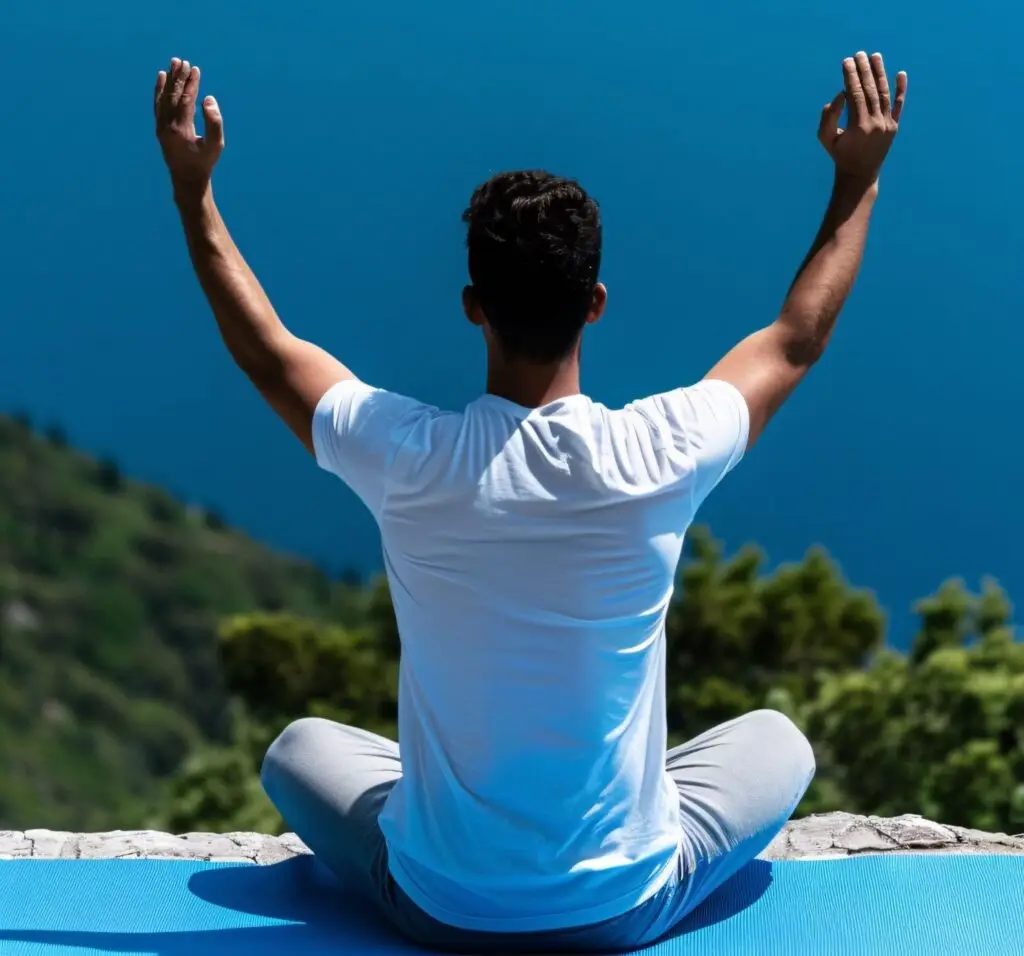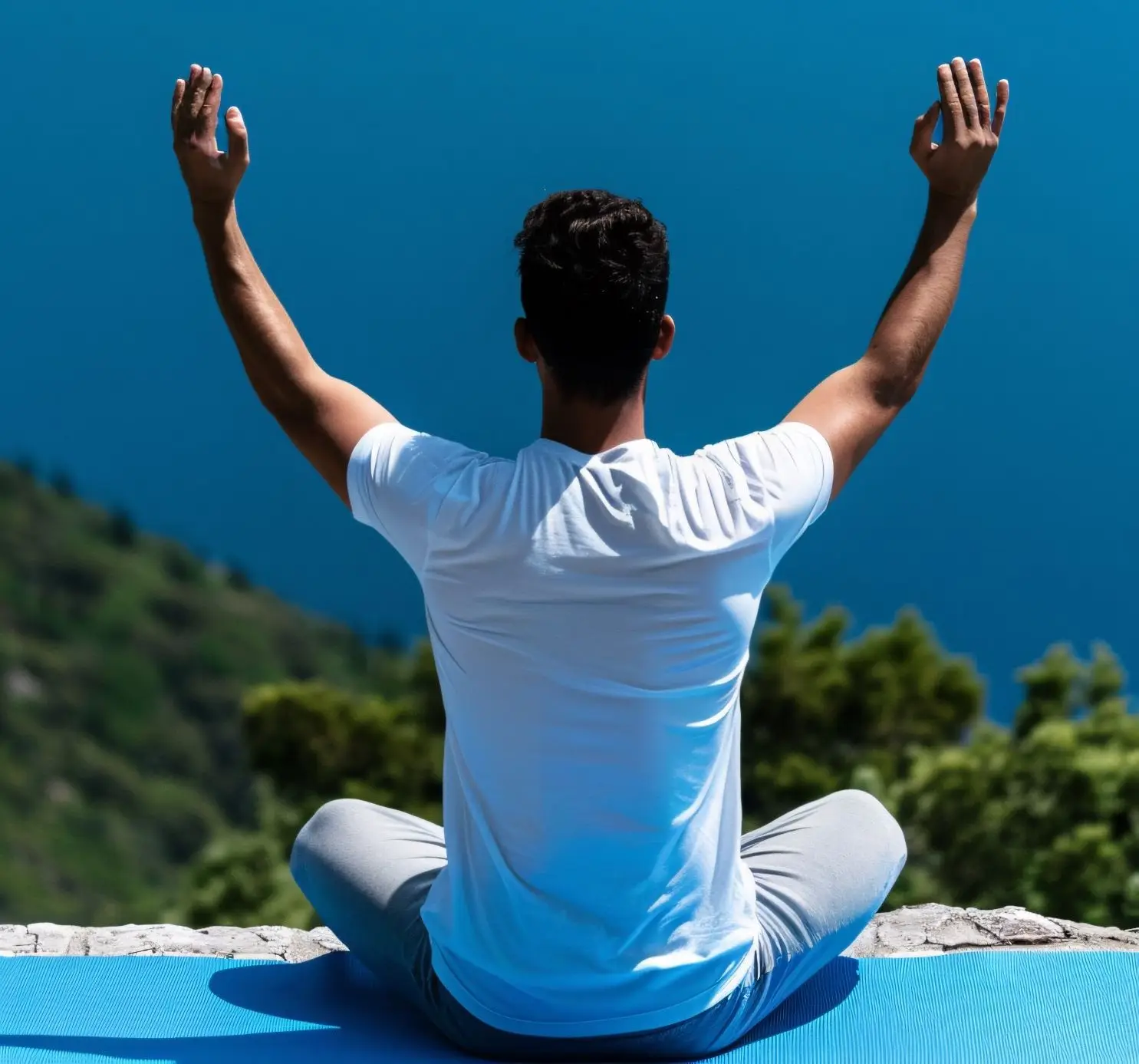Information on Lower Back Pain Relief!
Hi, I’m Alix. Fifteen years ago, I was in fantastic shape. I was a certified fitness trainer by the NASM National Academy of Sports Medicine. I worked at various top-tier gyms, had many private clients, and trained at homes and neighborhood parks.
My client base dried up during the 2008/09 economic downturn, and I left the fitness industry. As a result, I found myself overweight, out of shape, and sedentary in the years that passed. I have also been diagnosed with lumbar spinal stenosis (a very painful degenerative spinal disc), Type II Diabetes, and, due to a weakened immune system, several other major health issues.
For spinal stenosis, my doctors recommended surgery to ease my pain and suffering. But before going down that road, I decided to give myself one more shot at getting into excellent shape to avoid the knife.
I started this blog to motivate myself and inspire others facing similar life challenges. Endless Summer Fitness aims to improve your quality of life through a fresh take on health and fitness information. In addition, this blog will help you understand that you are not alone with your health and fitness struggles. There are many of us out there who are battling with fitness issues—even fitness professionals.
I want to help you learn healthy behaviors, better understand health and fitness benefits, and make your days more productive and enjoyable. Together, we can create goals, have consistency, educate ourselves, and have fun.
I am starting over at square one, too. But, with hard work and determination, you will see my lousy form and range of motion improve, and my physical weaknesses become strengths. So, join me on this journey; I’m sure you will have similar achievements!
Findings also show that back pain is more common among women than men. For example, a 2009 study of U.S. adults by the Centers for Disease Control (CDC) showed that 30% of women suffered from lower back pain compared to 26% of men. Also, 50-70% of pregnant women suffer from back pain because of added weight, hormonal changes, stress, and changes in posture.
According to the U.S. National Library of Medicine and National Institute of Health, safe and proper lumbar and cervical spine strength training significantly relieves back pain.
Another common cause of lower back pain is a weak core. Our core comprises 35 different muscles within our torso (transversus abdominis, pelvic floor muscles, multifidus, and diaphragm).
These muscles divide into two types: movers and stabilizers. All the core muscles work in tandem to provide movement for our legs, arms, and spine and control optimum stabilization in the lower back and abs region.
When we have a weak core, we often overcompensate with our back muscles, which may lead to weight overloads in our lower backs.
You NEED a Strong Core!
In contrast, strong core muscles allow us to participate in household chores, play sports, jog, swim, walk, and climb stairs. Core muscles also tone and strengthen the abs to give you that desired six-pack. But you still must eat healthily and do cardio to burn off the excess fat before seeing those fantastic abs! According to the CDC, only 5% of U.S. adults exercise for 30 minutes daily.
Help is on the Way!
Anyone reading this right now, please know you are still young!
Not too tiff, too weak, too tired, no time, too sore, too uncoordinated, too sweaty, too unknowledgeable to exercise, too busy with the kids, too stressed, too unable to stay committed!
Most of us already know that there is a paradox regarding exercise. On the one hand, muscles become sore, and working out makes you tired during the session. BUT…
Feel Good Physically and Mentally!
Exercise also pumps blood to vital organs, muscles, and the brain, increasing oxygen and blood flow. And did I mention the psychological pump it gives off, which is equal to the muscle pump?
Yep! Working out improves our mood, relieves stress, improves our confidence and self-esteem, and can even pull us out of significant depression symptoms. All because the neurotransmitters, such as dopamine, serotonin, and natural endorphins, provide a natural state of euphoria and positive energy!
Let’s Talk About Exercise Programs for Older Adults!
Everyone can enjoy the unlimited health benefits of working out. Exercise may help adults drastically improve their cardiovascular system’s mental cognition, reverse early cognitive decline, and protect the brain. Also, exercise may help older adults reduce pain and discomfort and increase muscle and joint functionality.
This increased functional movement, flexibility, strength, and healthier mental cognition is vital to helping older adults manage household activities, increase outdoor physical activities, shop for groceries, and actively participate with younger family members.
As noted above, a medical professional should evaluate everyone starting any exercise program. Once said professional has given an OK, older adults should aim for 150 -300 minutes per week of routine exercise. Then, divide the time into smaller allocations to make it more manageable. For example, a person could work out for 15 minutes twice a day, five days a week.
4 Physical Activities We All Need to Stay in Shape!
1. Endurance (cardio or aerobic exercise)
2. Strength (strength training)
3. Balance training (core and leg training to help keep you upright)
4. Flexibility (stretching)
It is important to note that although the four categories listed above benefit older adults and help reverse the aging process, each component is what a practical workout routine is all about, regardless of age! Now that we are ready, we want to begin our program using our body weight.
Most of the exercises we recommend on this blog involve little or no weights, straps, tubing, stability balls, balance and agility tools, ab rollers, gym mats, or other essential fitness items.
Essential Lower Back Exercises.
Ideal for beginners ***Please note: lower back extensions, such as swimmers, Superman, and lying back extensions, are not recommended for spinal stenosis issues unless advised by your health professional.
1. Bird Dog
2. Bird Dog Square
3. Lying Back-Extensions
4. Superman
5. Pelvic Tilts
6. Bodyweight Bridge
7. Knee to Chest Stretch
8. Bodyweight Single-Leg Bridge
9. Double Knee to Chest Stretch
10. Bodyweight Deadlift
11. Prayer Stretch
Now let’s look at how to do these movements:
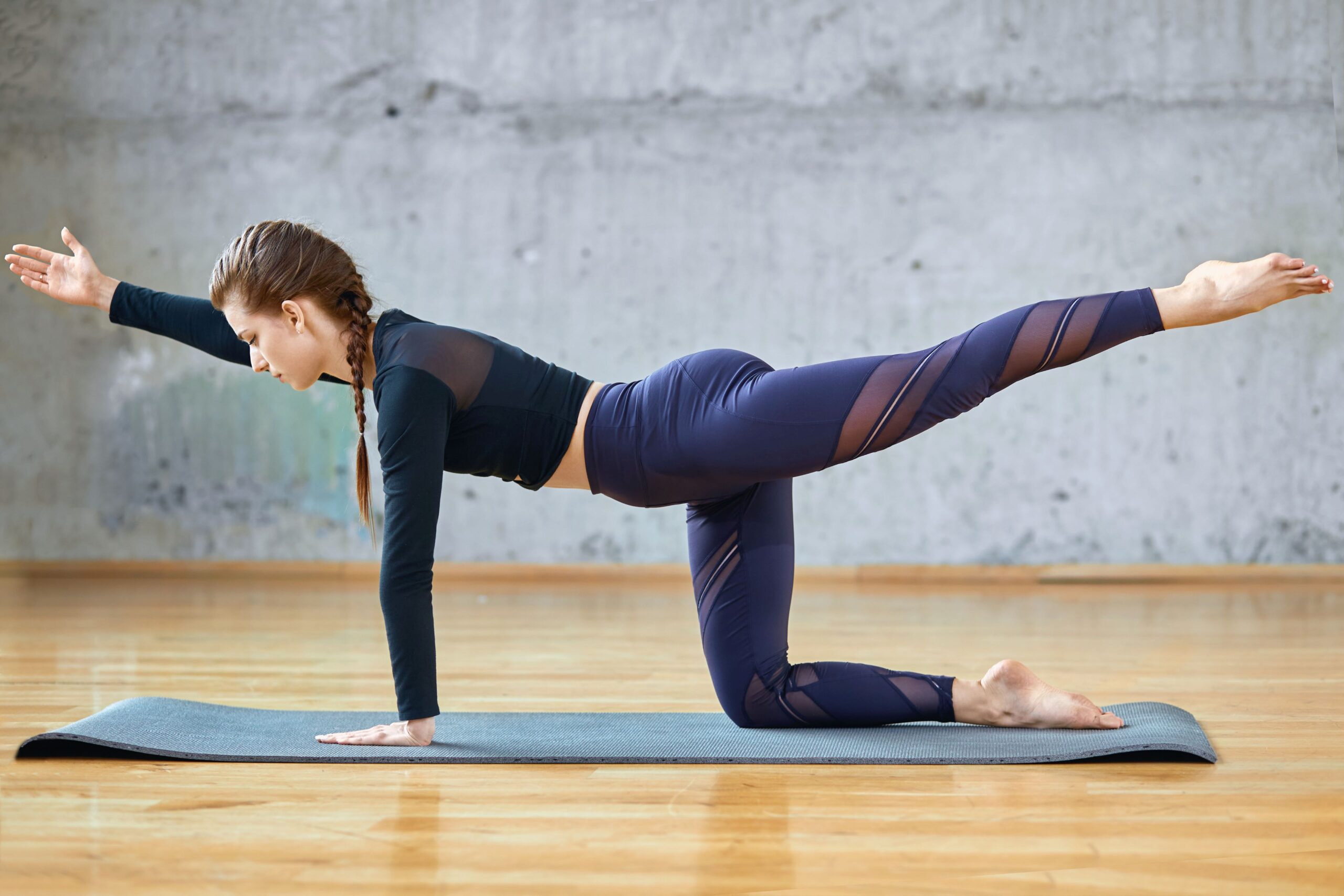
Bird Dog: start on all fours with your hands directly under your shoulders and your knees under your hips. Engage your core and keep your spine neutral. Slowly extend your right arm forward and left leg backward, forming a straight line from your fingertips to your toes. Hold this position for a few seconds, ensuring your hips remain level and your back not arch. Return to the starting position and repeat on the opposite side, extending your left arm and right leg. Aim for 10 repetitions on each side to strengthen your core, improve balance, and enhance stability. (Rest for 10 seconds)
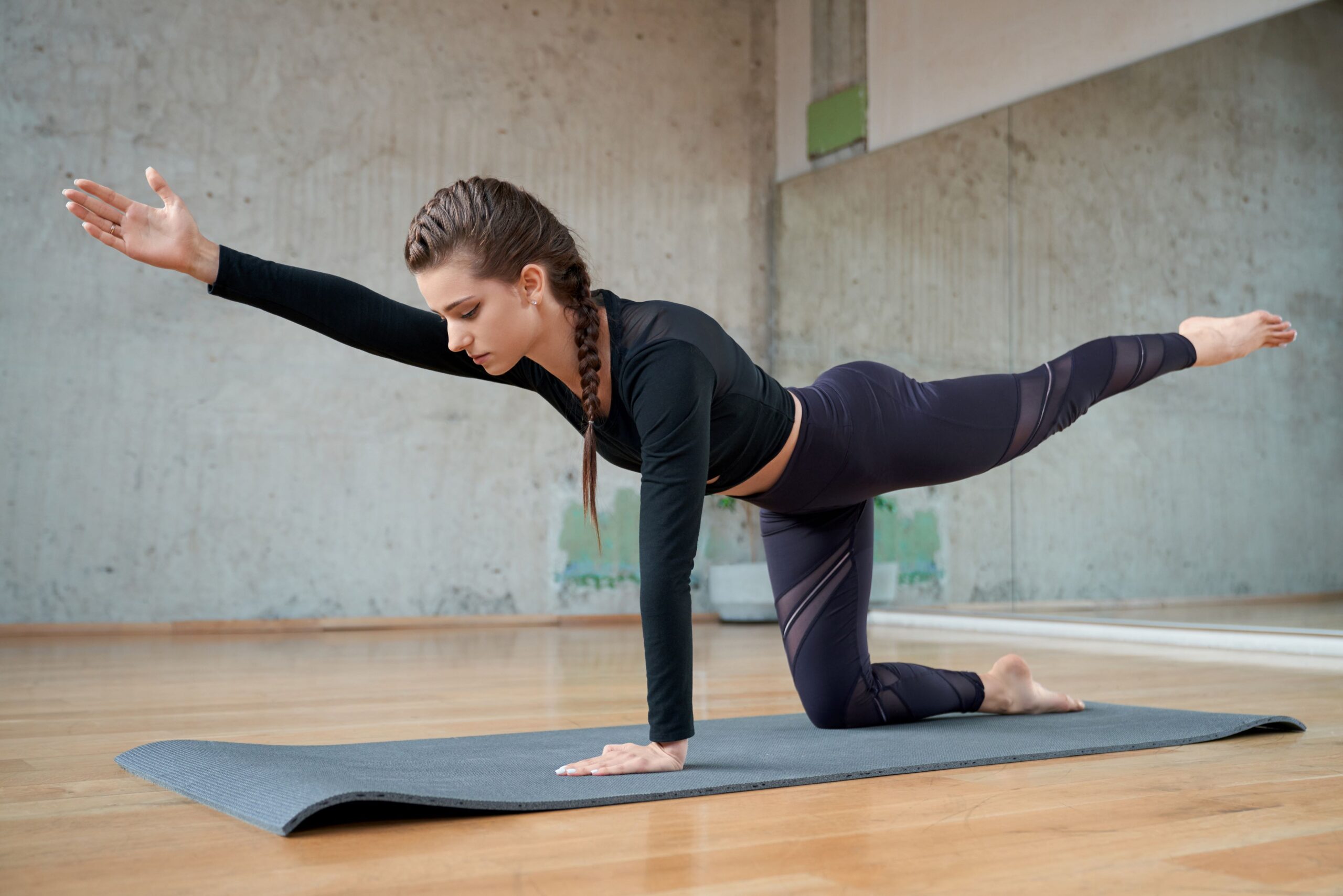
Bid Dog Square: Start on all fours with your hands directly under your shoulders and your knees under your hips. Engage your core and keep your spine neutral. Extend your right arm forward and your left leg backward, then move your arm and leg in a square pattern: first to the right, then down, left, and back to the starting position. Ensure your hips remain level and your back not arch throughout the movement. Return to the starting position and repeat on the opposite side, extending your left arm and right leg. Aim for 5-10 repetitions on each side to enhance core strength, stability, and coordination.
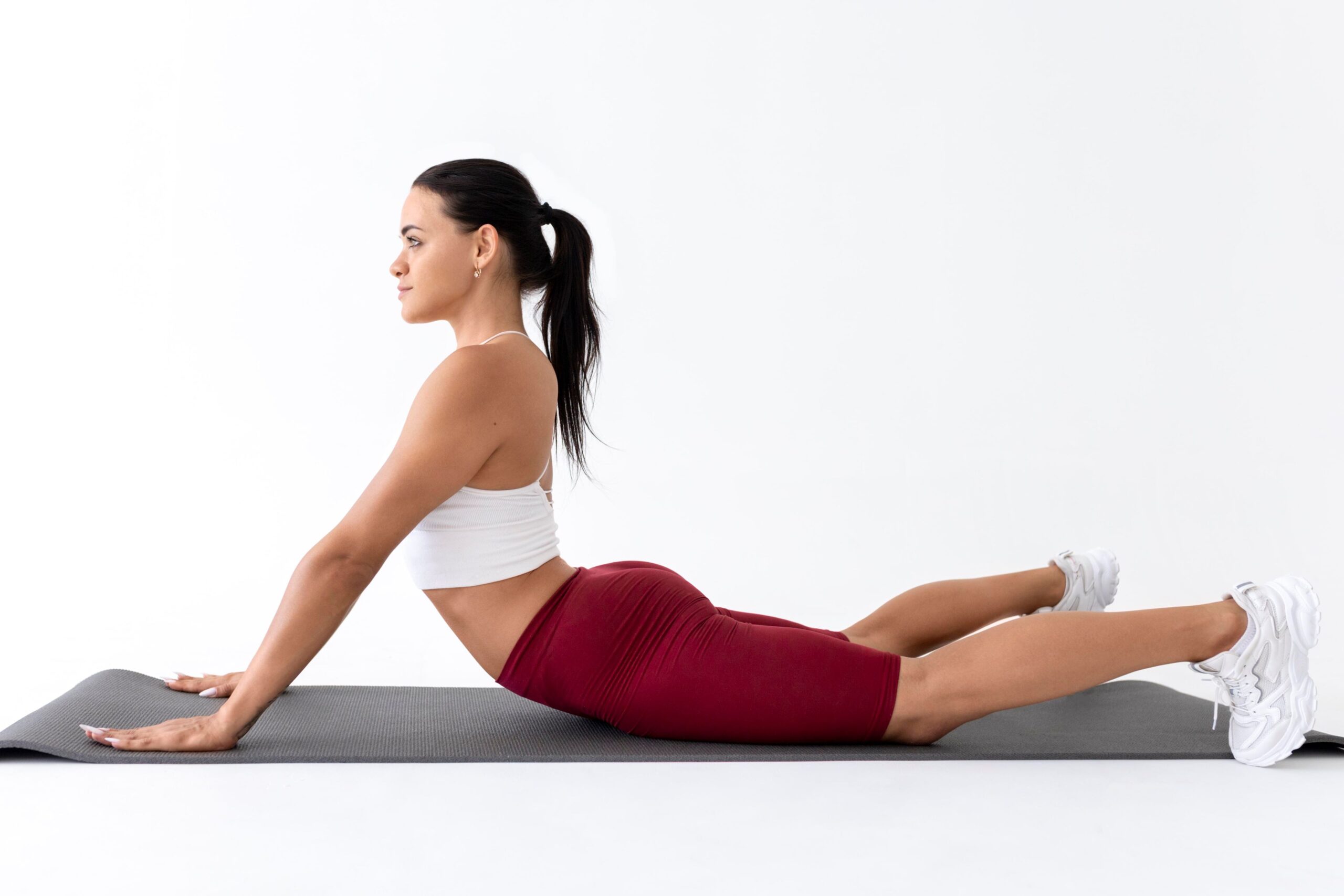
Lying Back Extensions: Lay face down on the floor, place your hands on the mat next to your chest, and tuck your elbows close to your body. Slowly push off the floor and raise your head and chest off the mat. While lifting your head and chest, aim to lift your toes 2-3 inches off the floor, then return to the starting position. Do ten reps of these. Rest for 10 seconds.
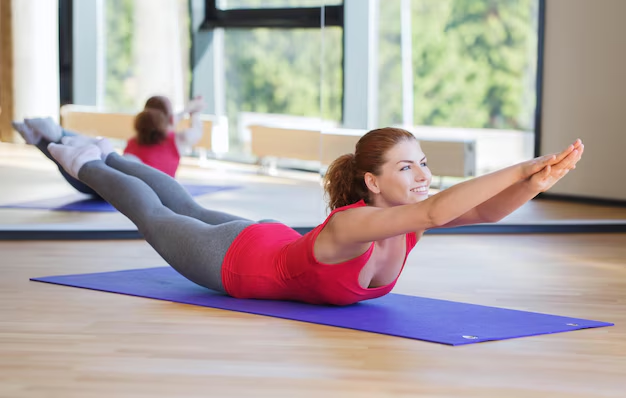
Superman: Lay face down on the floor, stretch out both arms straight ahead like diving into a pool, but keep your hands apart. This time, lift your chest, arms, and feet off the mat simultaneously. Aim to have your arms up by about 6-8 inches and your feet by about 10-12 inches. Hold for 2-3 seconds, then return to the starting position. Perform ten reps. Rest for 10 seconds.
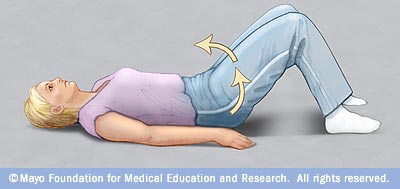
Pelvic Tilts: Lay flat on your back. Bend your knees and have your feet on the floor and shoulder-width apart. Draw your stomach muscle and suck in your belly button tightly towards the bottom. Breathe in, and while breathing out, keep your ab deep stomach muscles fully engaged; hold for 1-2 seconds. As you exhale, flatten your spine against the floor. Do ten reps. Rest for 10 seconds.

Bodyweight Bridge: Lay flat on your back. Bend both your knees and bring your heels as close to your butt as possible. Concentrate on flattening your back on the floor and tightening your ab muscles by drawing your belly button towards your spine. But breathe regularly and do not hold your breath. Your arms should be at your sides.
But if you need more balance, place your arms around a 45-degree angle. If you need more balance, lay yours in a more comprehensive wingspan formation. Raise your hips off the floor and keep your back straight and under control. While you are pushing up, squeeze your butt cheeks together tightly.
Each time up, hold for about 2-3 seconds. Remember to keep your abs tight and pinch your butt as tightly as possible when in the raised position. Perform ten reps. Rest for 10 seconds.
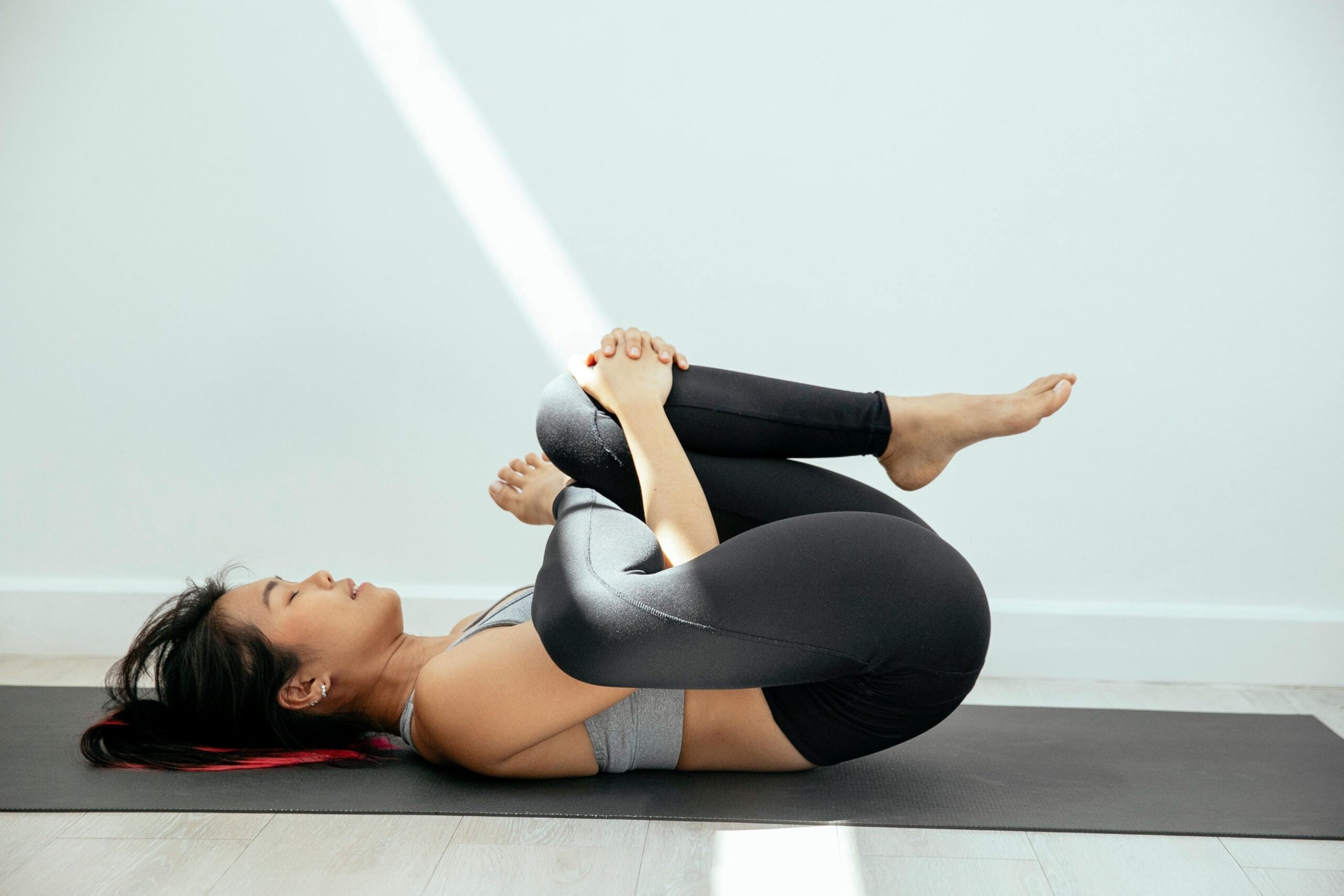
Single Knee-to-Chest Stretch: Lay flat on your back and extend one leg straight out in front of you (if the straight leg feels uncomfortable, bend that knee but keep that foot flat on the floor). Bend the opposite knee towards you and drive it toward your chest. Ensure that your shoulders are fully relaxed. In other words, do not hunch your shoulders.
Try loosening your hip on the same side while pressing the knee toward your chest. Hold the stretch for approximately 3 – 5 seconds. To achieve a deeper static stretch, hold it for 30 seconds.
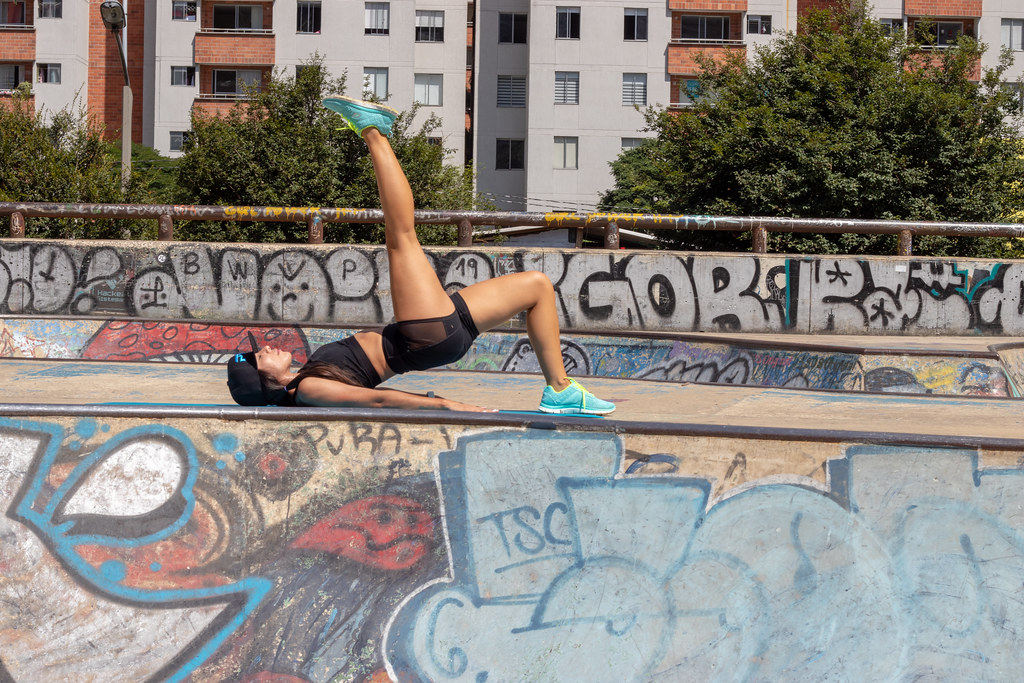
Bodyweight Single-Leg Bridge: Lay flat on your back. Bend one knee and bring your heel as close as you can to your butt. Extend the opposite leg straight out. Keep your arms straight at your side. Or if you need balance at around 45 degrees (if you need additional compensation, extend the limbs broader).
Raise your hip and straight leg off the floor and keep your back in a straight line and under control. While you are pushing up, squeeze your butt cheeks together tightly. Each time up, hold for about 2-3 seconds. Remember to keep your abs tight and pinch your butt as tightly as possible when in the raised position. Perform ten reps. Rest for 10 seconds.
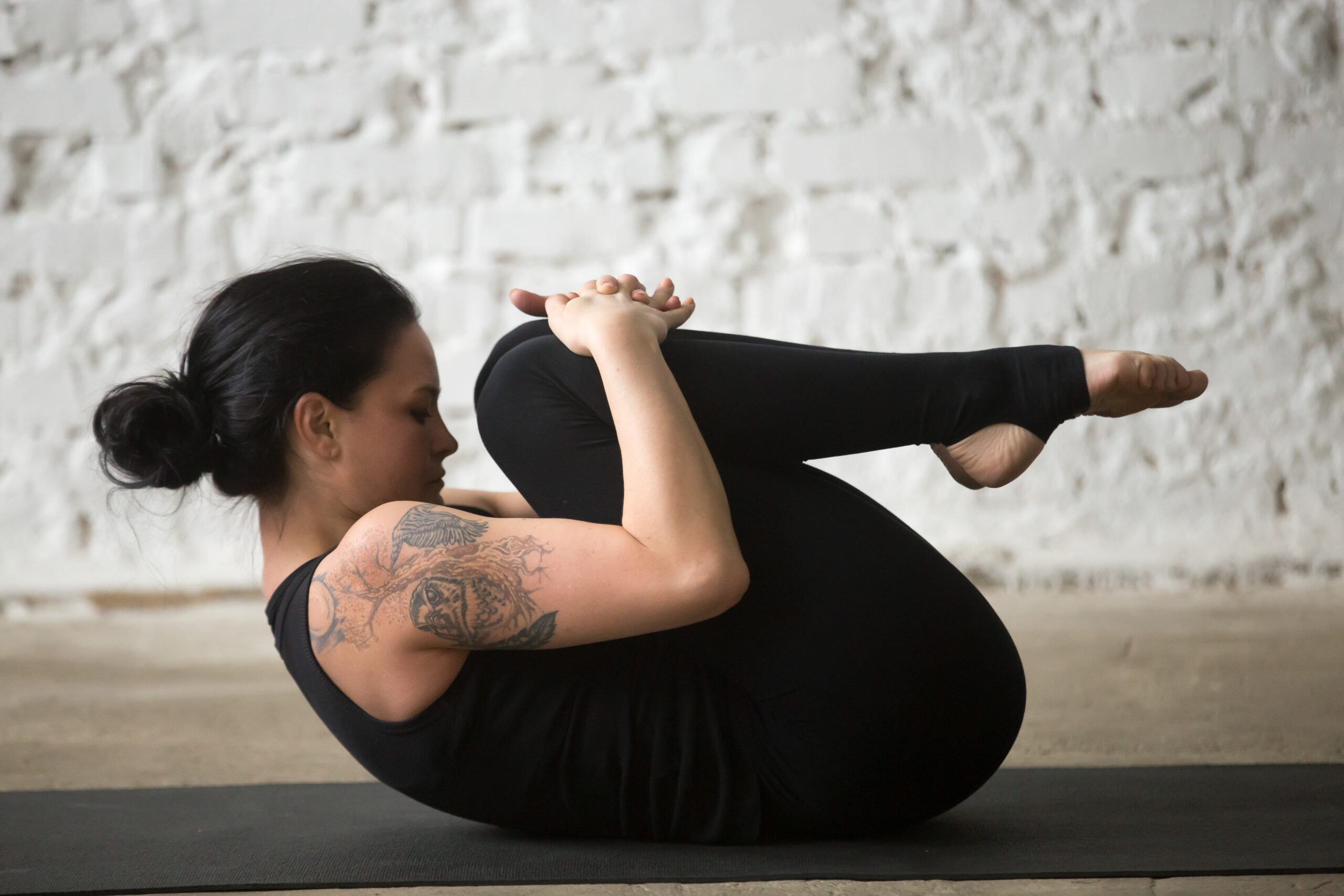
Double Knee to Chest Stretch: Lay flat on your back. Bend both knees. Bring both knees towards you, grab underneath both your thighs, and drive your knees to your chest. Hold the stretch for 3-5 seconds. To achieve a deeper static stretch, hold it for 30 seconds.
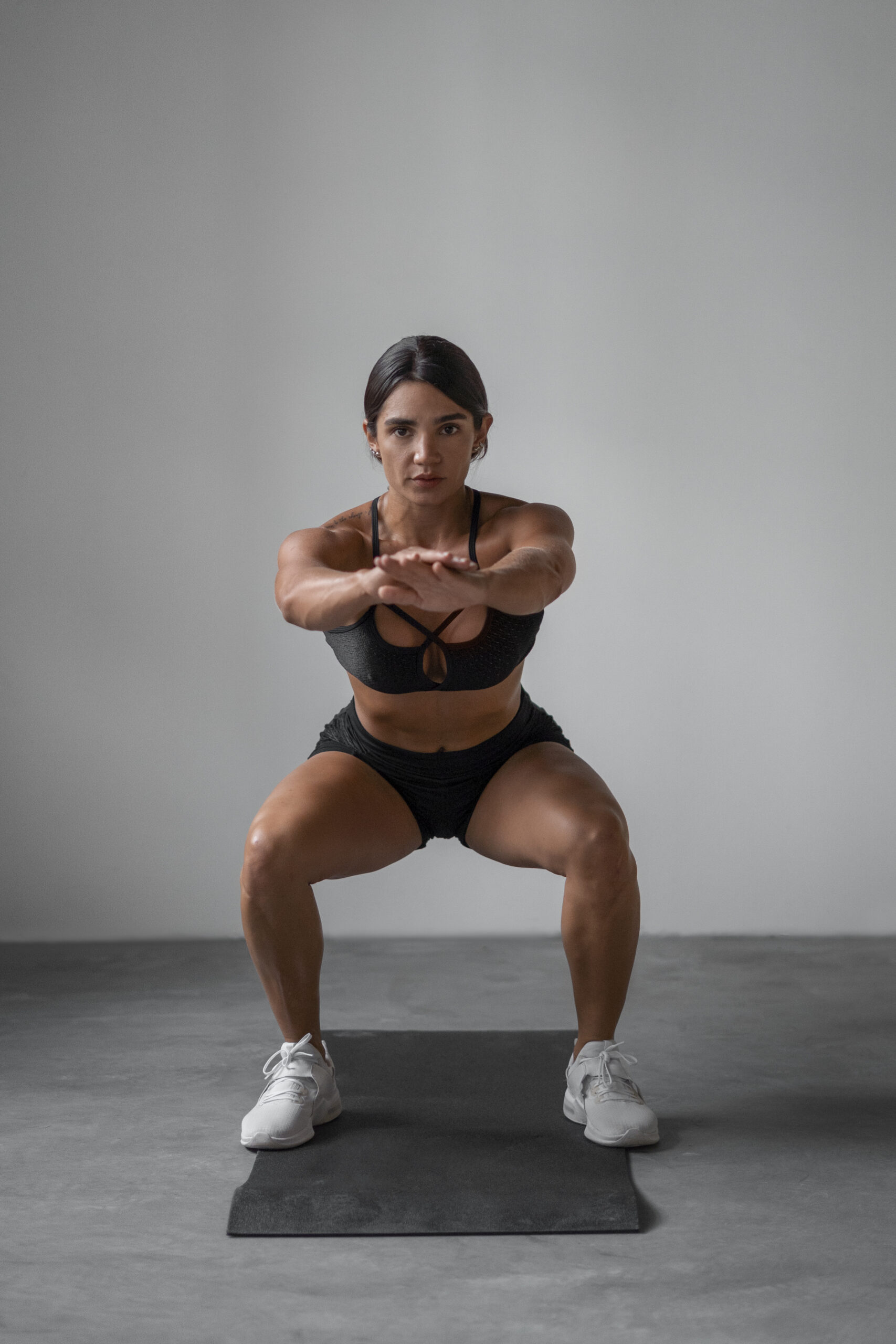
Bodyweight Deadlift: Stand with your feet shoulder-width apart. Keep your spine straight and pull your belly button towards your spine, as you have done in previous exercises. Slightly bend your knees.
Now, roll your shoulder blades together and pronounce your chest. No Bend forward while pushing your hip back and your glutes out. As you bend forward, your hips should feel like a hinge on a door.
Be sure to maintain that slight bend in your knees. Keep your back flat as you lean forward and your shoulder blades pinched. Concentrate on your hamstrings and your glutes as you perform the movement downward. (Your goal is to fire them up!)
Drive your heels into the ground during the entire bend, down and up. Do not flex your back or roll your shoulders forward. Instead, inhale down and exhale up. Then, slowly stand back up to the starting position once your chest is parallel to the floor.
Prayer Stretch: Kneel on the floor and sit back on your heels. Note: You may have difficulty reaching your heels if you have very tight lower back or thigh muscles (quadriceps) or a limited range of motion due to injury or even tight calf muscles. No worries. Your flexibility will increase over time. In a later blog post, we will cover stretching the quadriceps and calf muscles.
Lower your body to the floor and extend both arms to you with your palms facing down. You should feel a relaxing stretch right down the center of your back from the bottom of your shoulder blades to your lower back.
Focus on relaxing all your back muscles and taking deep breaths. Hold each pose for 30 seconds. Then, do three sets of 30-second poses.
Source:
- Harvard Health Publishing (HHP) –Women and pain: Disparities in experience and treatment
- National Library of Medicine – Low back pain: Learn More – Why movement is so important for back pain
- Cleveland Clinic – Here’s Why Women Are More Likely to Have Chronic Pain
- National Institutes of Health – Exercise and physical activity
Before starting any new health and fitness program or taking supplements, it’s crucial to consult with your healthcare professional. They can provide personalized advice based on your medical history and current health status, ensuring your new regimen is safe and effective. This step helps prevent potential health risks and ensures that any changes you make are beneficial and sustainable in the long run. Your healthcare professional is your best resource for making informed decisions about your health and wellness journey.

